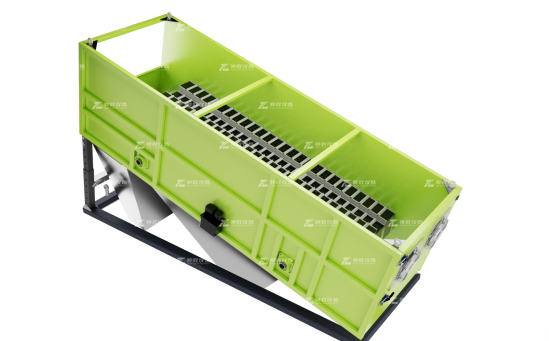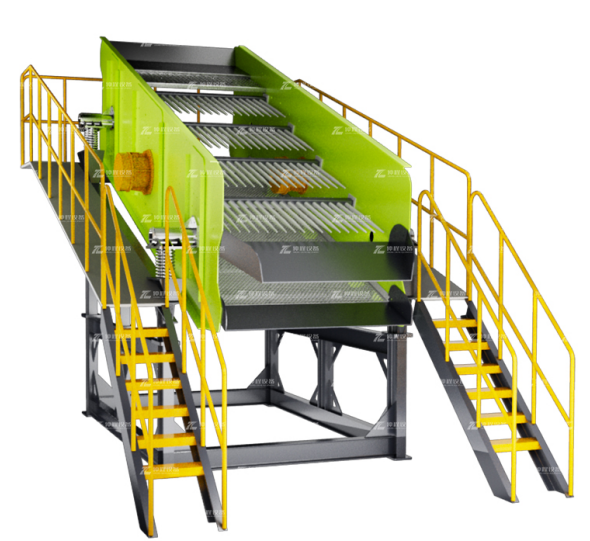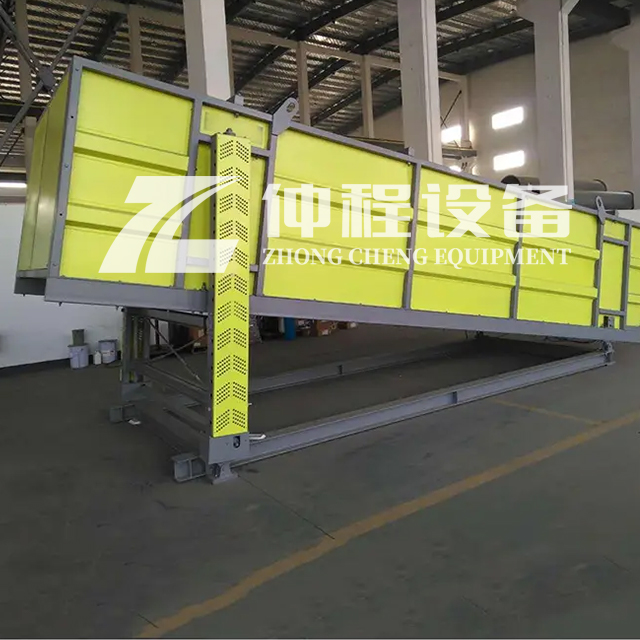Screening Machines in Waste Sorting
In the ever-evolving landscape of waste management, the role of technology has become increasingly pivotal. Among the various technological advancements, screening machines stand out as a critical component in the process of waste sorting and recycling. These machines are designed to separate different typesities of materials based on their size, shape, or other physical properties, playing an indispensable role in improving the efficiency and effectiveness of recycling processes.

What is a Screening Machine?
A screening machine, also known as a screener, is a piece of equipment used primarily in the waste management industry to sort and separate mixed waste into distinct categories. This separation is crucial for several reasons, including the enhancement of material recovery rates, the reduction of processing costs, and the minimization of environmental impact. By effectively segregating recyclable materials from non-recyclables, screening machines contribute significantly to sustainable waste management practices.

Types of Screening Machines
There are several types of screening machines, each tailored to specific applications and requirements. Some of the most commonly used include:
Vibratory Screens: Utilizing vibration to move materials across screens, these machines are highly effective for separating fine particles from larger ones.
Rotary Trommel Screens: Known for their cylindrical design, rotary trommels rotate to sift through materials, making them ideal for handling large volumes of waste with varying particle sizes.
Star Screens: Featuring rotating shafts with star-shaped discs, this type of screener excels at separating long, flat items (like paper) from bulkier materials.
Disc Screens: Comprising a series of parallel discs, disc screens are particularly good at separating 2D materials (such as cardboard) from 3D objects (like plastic bottles).
How Do They Work?
The operation principle behind screening machines is relatively straightforward yet ingeniously effective. Materials are fed into the machine where they encounter a series of screens or filters. As the machine operates, it either vibrates, rotates, or moves in another manner, causing the materials to be sorted according to their size and shape. Smaller particles fall through the screen openings, while larger items continue along the processing path. This simple yet powerful mechanism enables the efficient separation of diverse materials, facilitating subsequent steps in the recycling process, such as further sorting, cleaning, and processing.

Benefits and Environmental Impact
The implementation of screening machines in waste management not only enhances operational efficiency but also contributes positively to environmental sustainability. By increasing the purity of recovered materials, these machines help reduce the need for raw material extraction, thereby lowering energy consumption and greenhouse gas emissions associated with the production of new materials. Moreover, the ability to recover valuable resources from waste streams supports the circular economy model, promoting a more sustainable approach to resource utilization.
As the world continues to grapple with the challenges posed by growing waste volumes, the importance of advanced waste sorting technologies, such as screening machines, cannot be overstated. These machines represent a significant step forward in the journey towards more sustainable waste management practices, enabling us to turn what was once considered waste into valuable resources. Through continued innovation and investment in this field, we can look forward to a future where waste is no longer seen as a problem, but as an opportunity for creating a more sustainable planet.
-
 Trommel screenTrommel screen, also known as drum screens, are widely used in various industries for sorting and separating materials.Get Quote
Trommel screenTrommel screen, also known as drum screens, are widely used in various industries for sorting and separating materials.Get Quote -
 Crop straw double shaft shreddApplications:Biomass Energy Production: Shredded straw can be used as a feedstock for bioenergy plants to produce electricity or heat.Livestock Feed: Reduced-si...Get Quote
Crop straw double shaft shreddApplications:Biomass Energy Production: Shredded straw can be used as a feedstock for bioenergy plants to produce electricity or heat.Livestock Feed: Reduced-si...Get Quote -
 Zhongcheng Air Drum SeparatorAir drum separators effectively separate lightweight materials (e.g., plastics, paper) from heavier materials (e.g., metals, glass). This high efficiency is cru...Get Quote
Zhongcheng Air Drum SeparatorAir drum separators effectively separate lightweight materials (e.g., plastics, paper) from heavier materials (e.g., metals, glass). This high efficiency is cru...Get Quote
-
2023-01-11Trommel screenTrommel screen, also known as drum screens, are widely used in various industries for sorting and separating materials.
-
2025-04-21Compact Copper Cable Granulator MachineThe compact copper cable granulator machine is a device used to recycle waste wires and cables. It separates the copper wire from the plastic sheath by crushing...
-
2024-08-28Scrap rubber product shredderThe shredder of waste rubber products not only helps to reduce environmental pollution, but also improves the reuse rate of waste rubber, which is one of the im...
-
2024-08-22Medical waste shredderWorking Principle:Feeding Mechanism: Medical waste is fed into the shredder through a hopper or chute. The feeding mechanism ensures that the waste is introduce...
-
2024-04-13Vibrating FeederA vibrating feeder is a mechanical device used to convey materials, typically in bulk, from one location to another in a controlled manner. This equipment is co...



